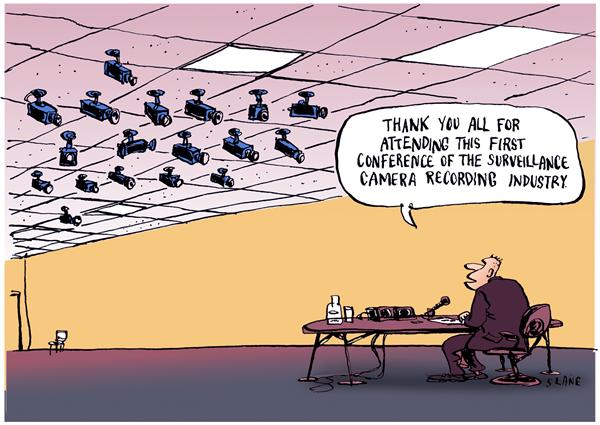

- #Security through obscurity pros and cons software
- #Security through obscurity pros and cons code
- #Security through obscurity pros and cons password
when an Egyptian scribe used non-standard hieroglyphs in an inscription. BASIC CONCEPTS OF CRYPTOGRAPHYĬryptography the science of secret writing is an ancient art the first documented use of cryptography in writing dates back to circa 1900 B.C. Such mention is for example purposes only and, unless explicitly stated otherwise, should not be taken as a recommendation or endorsement by the author. (See Section A.4 for some additional commentary on this.)ĭISCLAIMER: Several companies, products, and services are mentioned in this tutorial. The second is to provide some real examples of cryptography in use today. The first is to define some of the terms and concepts behind basic cryptographic methods, and to offer a way to compare the myriad cryptographic schemes in use today. The reader is advised, then, that the topics covered here only describe the first of many steps necessary for better security in any number of situations. But it is important to note that while cryptography is necessary for secure communications, it is not by itself sufficient. One essential aspect for secure communications is that of cryptography. Security and privacy impacts many applications, ranging from secure commerce and payments to private communications and protecting health care information. By the turn of the century, of course, the Internet had grown in size and importance so as to be the provider of essential communication between billions of people around the world and is the ubiquitous tool for commerce, social interaction, and the exchange of an increasing amount of personal information and we even have a whole form of currency named for cryptography! Many thought that increased security provided comfort to paranoid people while most computer professionals realized that security provided some very basic protections that we all needed? Cryptography for the masses barely existed at that time and was certainly not a topic of common discourse. In the early-1990s, when the commercial Internet was still young (!), security was taken seriously by most users. Number of transformation rounds in Rijndael.ECC and RSA Key Comparison, and Equivalent AES Key Size.Other Crypto Algorithms and Systems of Note.Minimum Key Lengths for Symmetric Ciphers.Tiny Encryption Algorithm (TEA) options.E-mail message to non-4SecureMail user.TrueCrypt hidden encrypted volume within an encrypted volume.Browser encryption configuration screen (Firefox).


IPsec tunnel and transport modes for ESP.IPsec tunnel and transport modes for AH.IPsec Encapsulating Security Payload format.
#Security through obscurity pros and cons password
Sample entries in Unix/Linux password files.Use of the three cryptographic techniques for secure communication.Three types of cryptography: secret-key, public key, and hash function.Timed Efficient Stream Loss-tolerant Authentication (TESLA)Ī.4.
#Security through obscurity pros and cons code
Keyed-Hash Message Authentication Code (HMAC)ĥ.20. Challenge-Handshake Authentication Protocol (CHAP)ĥ.19. The Advanced Encryption Standard (AES) and Rijndaelĥ.14. Public Key Certificates and Certification Authoritiesĥ.7. Since that time, this paper has taken on a life of its own.ģ.5.
#Security through obscurity pros and cons software
– The articles in the Vulnerabilities and Hackers section is devoted to the topic of software vulnerabilities and how cybercriminals exploit them, as well as legislation and hackers in the broad sense of the word.© 1998- A much shorter version of this paper first appeared in Handbook on Local Area Networks (Auerbach, Sept. – In the Spam and Phishing section, you will learn about phishing and spam mailings, how their creators earn money from them, and how this type of threat has evolved since the 1990s to the present day. – The Detectable Objects section gives detailed information about malicious and potentially dangerous programs that we protect users against every single day all around the world, as well as advice on what to do in case of infection. The Knowledge Base now has three main sections: In the Knowledge Base, you will find various articles about common threats, a general classification of malware and unwanted messages, and a brief historical overview of the evolution of these and many other threats.


 0 kommentar(er)
0 kommentar(er)
